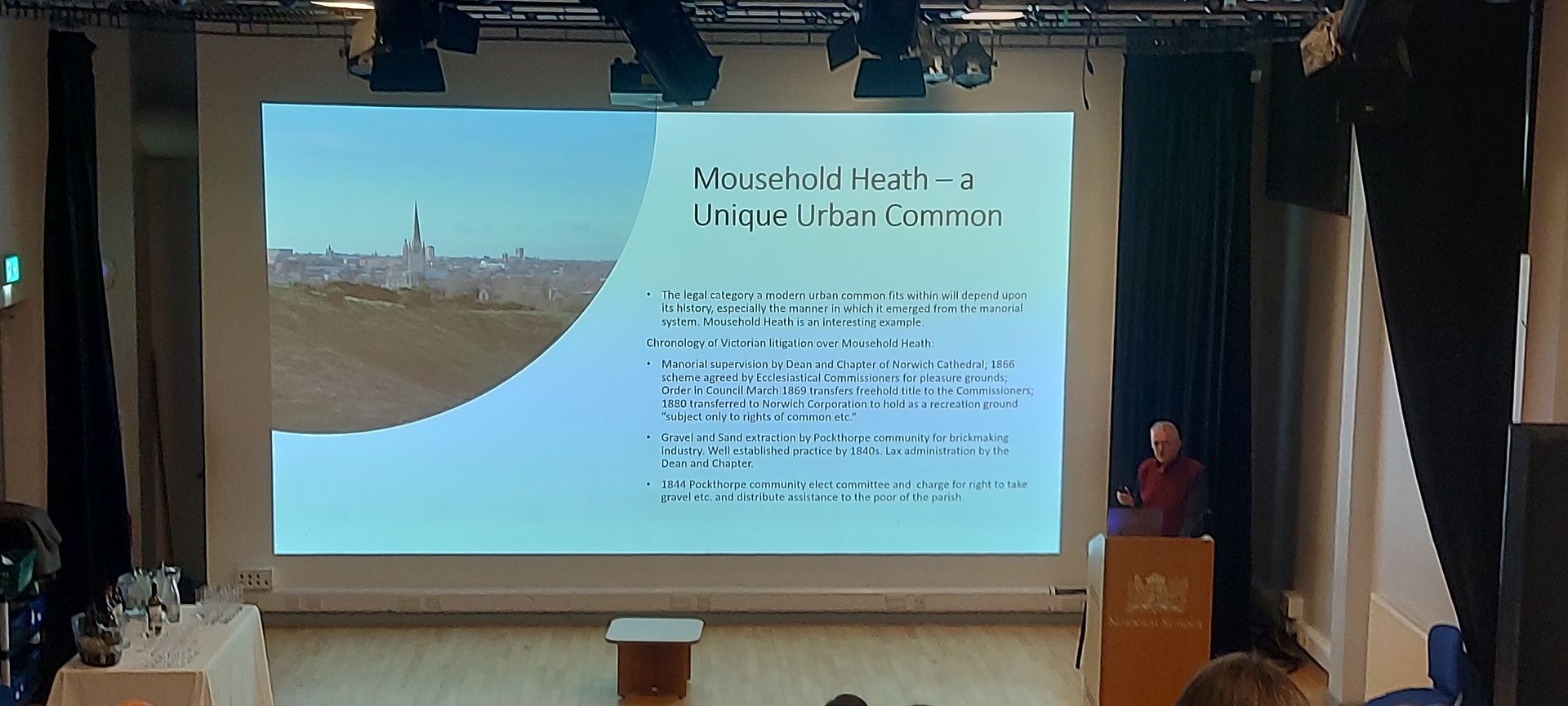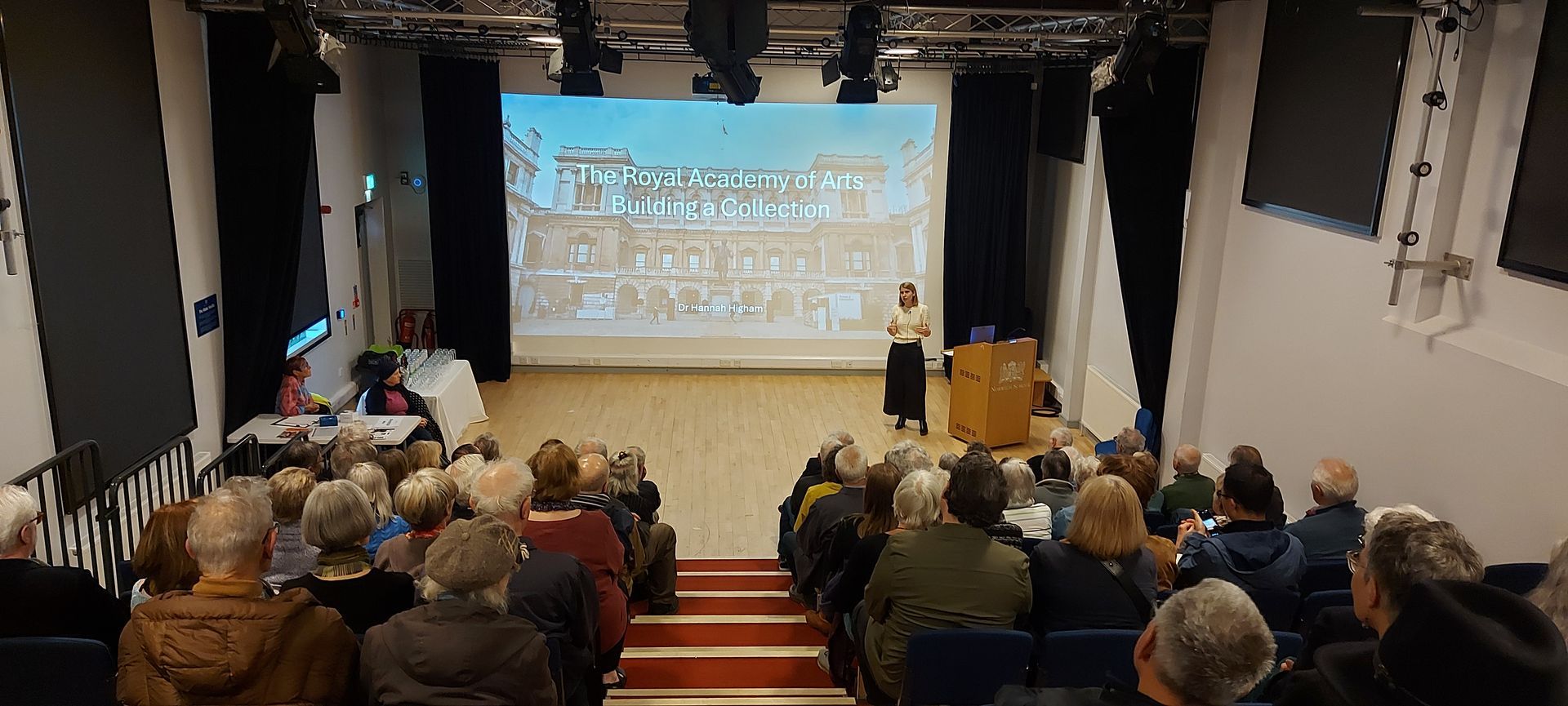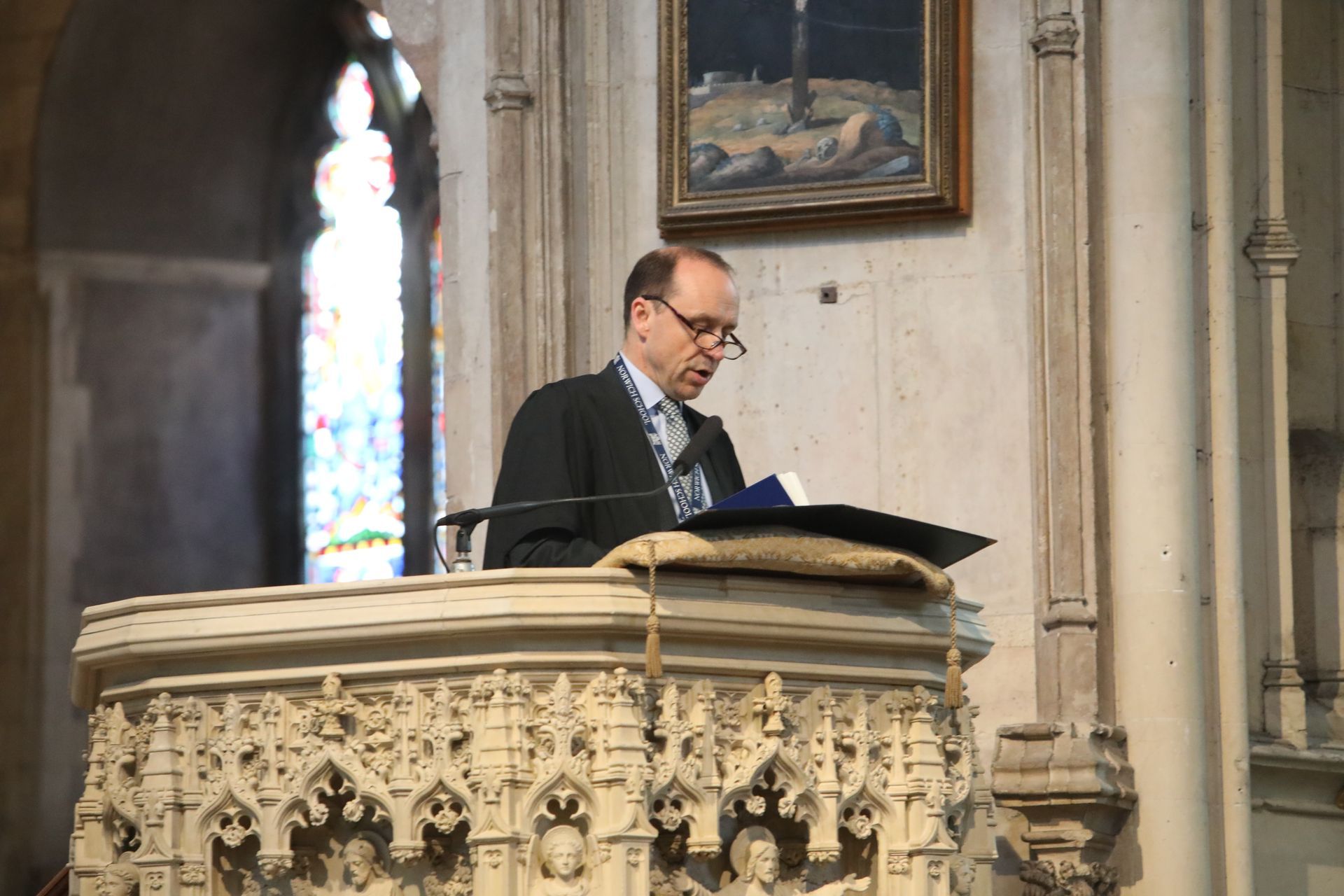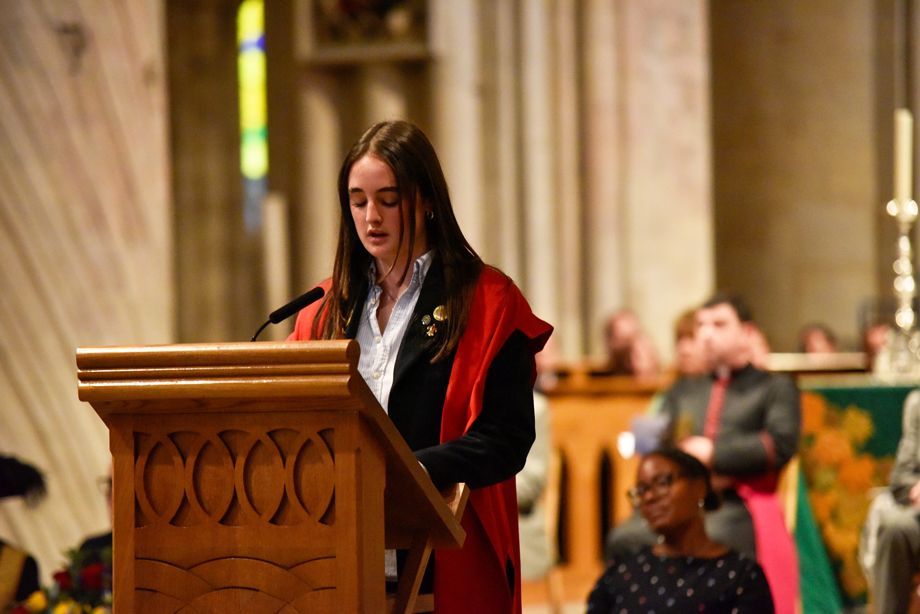Haunted by Time – Cathedral Address from Rev Child
September 13, 2024
In Cathedral Assembly on Friday, Rev Child encourages pupils to appreciate their surroundings and its history.
"Reading: from Psalm 77
7 ‘Will the Lord reject for ever?
Will he never show his favour again?
8 Has his unfailing love vanished for ever?
Has his promise failed for all time?
9 Has God forgotten to be merciful?
Has he in anger withheld his compassion?’
10 Then I thought, ‘To this I will appeal:
the years when the Most High stretched out his right hand.
11 I will remember the deeds of the Lord;
yes, I will remember your miracles of long ago.
12 I will consider all your works
and meditate on all your mighty deeds.’
Since we’re back in the cathedral at the start of a new term, let’s try and notice what’s around us. Have a look around for a second and just take in this special place that we’re allowed to use for our assemblies. How old do you think it all is? Some of you may know the date 1096 as the official start of the cathedral’s construction. In fact it’s a bit more complicated than that, because the cathedral has been updated and added to as the years have gone along.
Let me point out five different things here in the nave which are different ages: the organ, the roof, the stonework (the walls and pillars), the font and the west window. Which of these is the newest, and which is the oldest? What do you think?
The newest is THE ORGAN. This is a little complicated, because there has been an organ here, we think, since the middle ages. However, organs have to be rebuilt and replaced. This organ was rebuilt in the 1940s and refurbished just last year; there are some brand new bits in that splendid organ case. (The cathedral’s previous organ, by the way, is in our School Chapel.)
The second newest feature is THE FONT, which is made from two large copper bowls, originally from the chocolate factory in Chapelfield. The factory closed in 1994 and the two bowls, for years used to make toffee in, were turned into a font and gifted to the cathedral.
Next is THE WEST WINDOW. Window glass doesn’t last as long as other parts of a cathedral, and as the Puritans realised, they are easy to smash. These current windows are from 1854.
Next it’s THE ROOF. The roof used to be made of wood, but it was upgraded to stone in the 15th century (and ever since it has been much better at resisting fire and even several WW2 bombs). As you look up at the roof, you’re looking at the skilled work of people who lived perhaps 600 years before you. Think how different their lives were to yours. No cars, no photos, no electricity… and no modern safety harnesses.
So the oldest feature in here is THE STONEWORK. Although parts of the walls have needed patching up over the years, much of the stonework is original; it’s from the 11th century. I’d invite you to fix your eyes on one stone for a moment. Touch one if you’re close enough. Let that stone take you back 900 years in time. Imagine the person who knocked it into shape, having picked it up from a big pile of imported French stone when this was all a building site. Imagine who that person was, what sort of home they went back to after doing masonry work all day.
Over the summer I visited the islands of Orkney off the coast of Scotland. Orkney has some really old stuff. Every half a mile there are some stone circles older than Stone Henge, or some burial chambers from five thousand years ago that you can just wander into. In one visitor centre I came across a line which has stayed with me:
“The Orkney imagination is haunted by time.”
That’s just what Orkney feels like – haunted by time – almost everywhere you go. It’s not an unpleasant feeling; but there is this sense of continual awe at what’s around you.
It made me think about what we do when we come into cathedral. I think one reason we do it is to be haunted by time. Again, it’s not a bad thing. But to begin the day in here forces us to put aside the present for a moment – whether that’s lessons, or homework you haven’t finished, or a trip you’ve got to get ready for. When you walk in here, just for a minute, you get some awe and some perspective from this building with all its historical echoes.
The Christian tradition that the cathedral was founded on is likewise haunted by time. It speaks of a God who goes back a long way. Christians look to a person who lived 2000 years ago as their inspiration and example. Christians look to an ancient book, the Bible, as a way of keeping in mind a God who stretches across time. We heard this in our reading today:
I will remember your miracles of long ago.
I will consider all your works and meditate on all your mighty deeds.
Make the most of your time in cathedral this year; and if this place haunts you a little bit, maybe that’s not such a bad thing."















